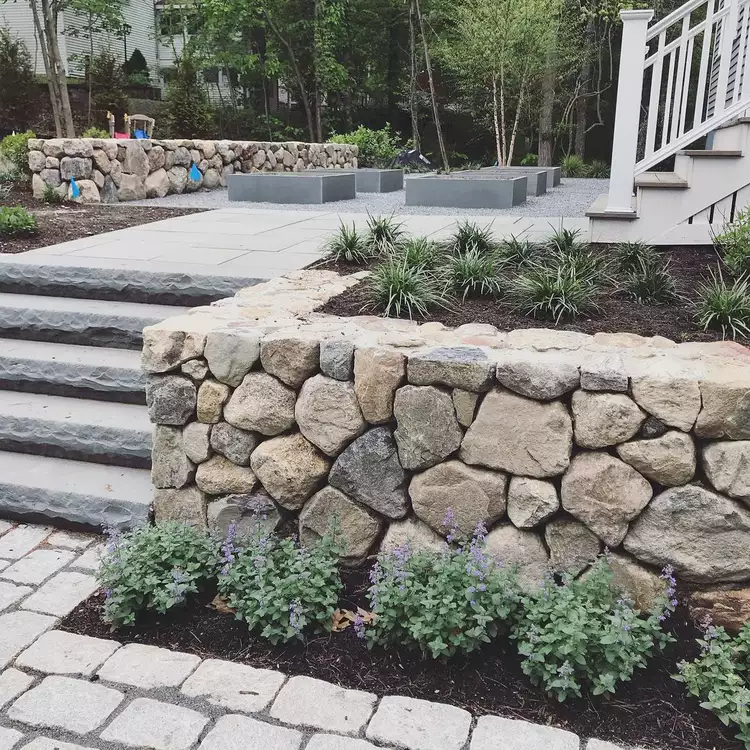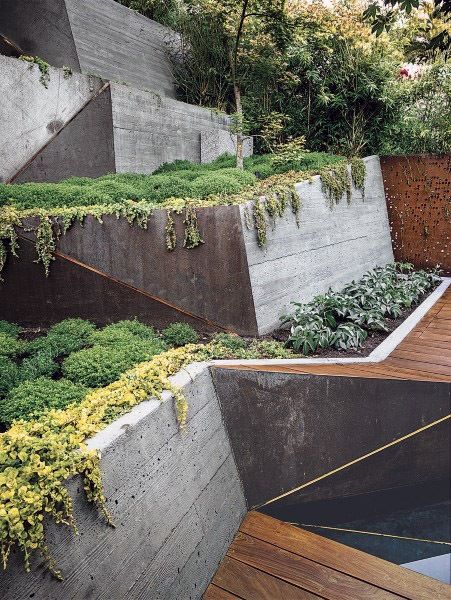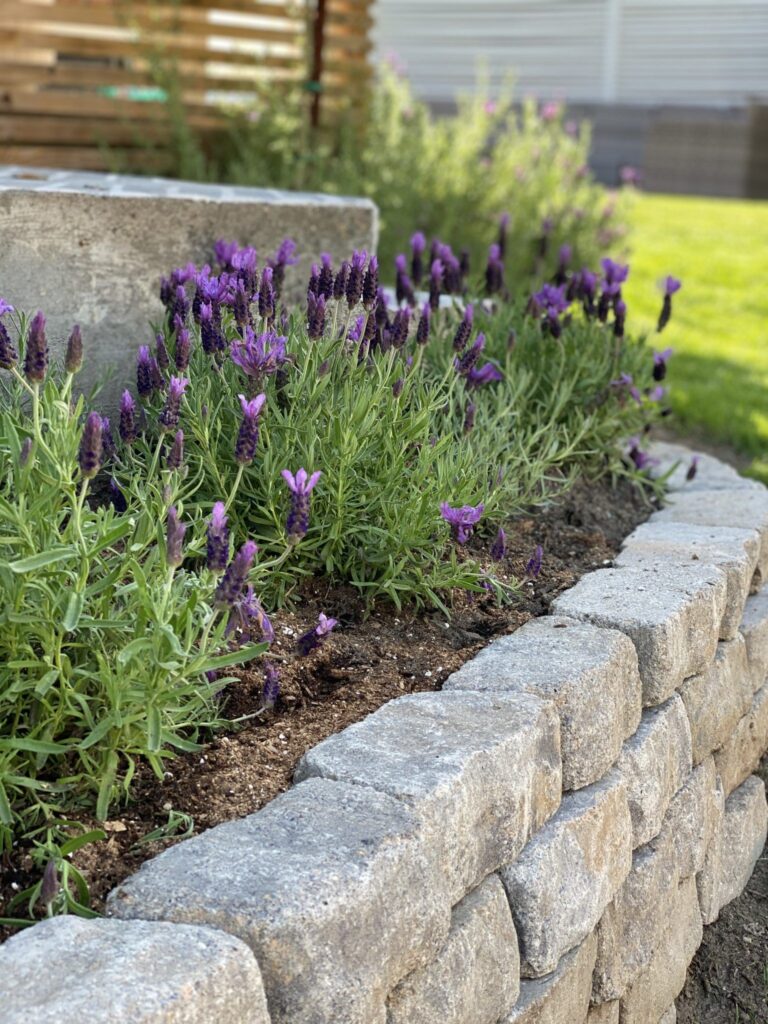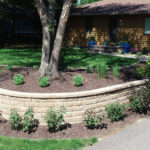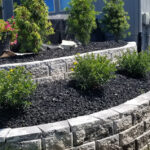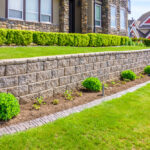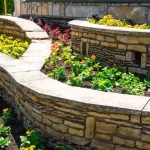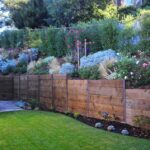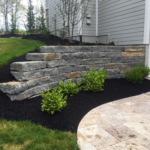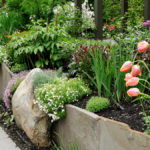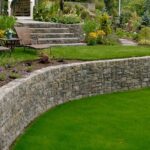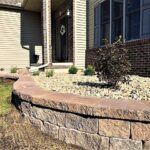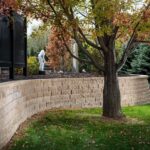Landscaping retaining walls serve a dual purpose in creating a visually appealing outdoor space while also providing functional support for uneven terrain. These walls are commonly used to prevent soil erosion, manage water runoff, and create terraced areas for planting. Retaining walls can be made from a variety of materials such as concrete, stone, brick, or timber, allowing for a wide range of design options to complement any landscape.
One of the key benefits of landscaping retaining walls is their ability to turn an otherwise unusable slope into a functional and attractive area. By creating level terraced spaces, retaining walls allow for easier access to different areas of the yard for planting, entertaining, or simply enjoying the outdoors. Additionally, retaining walls can help to prevent soil erosion and provide stability to sloped terrain, protecting surrounding structures from potential damage.
When designing a retaining wall for a landscaping project, it is important to consider both the practical and aesthetic aspects of the wall. The height, width, and placement of the wall should be carefully planned to ensure that it adequately supports the soil and withstands the forces of gravity and water pressure. Additionally, the choice of materials and finishes should complement the overall design of the landscape and blend seamlessly with existing structures and features.
Proper drainage is also a crucial consideration when installing landscaping retaining walls. Without proper drainage, water can build up behind the wall, causing pressure that can lead to failure. Installing drainage pipes or gravel backfill behind the wall can help to channel water away from the structure, preventing erosion and ensuring the longevity of the wall.
Maintenance of landscaping retaining walls is relatively simple but important in ensuring their continued functionality and appearance. Regularly inspecting the wall for signs of damage, such as cracks or bulges, can help to identify issues before they become more serious. Cleaning the wall with a mild detergent and water, as well as removing any debris that may accumulate on the surface, can help to preserve the wall’s appearance and prevent deterioration.
Overall, landscaping retaining walls are a versatile and practical addition to any outdoor space. Whether used to create terraced gardens, define boundaries, or prevent erosion, retaining walls offer a visually appealing solution to landscaping challenges. With proper planning, design, and maintenance, retaining walls can enhance the beauty and functionality of any landscape for years to come.
